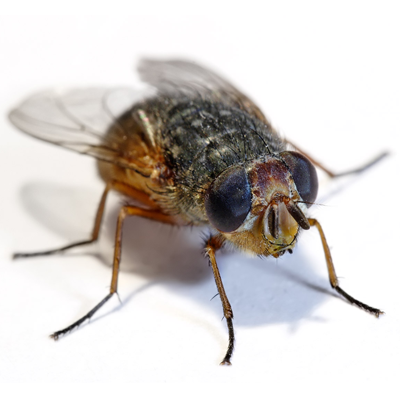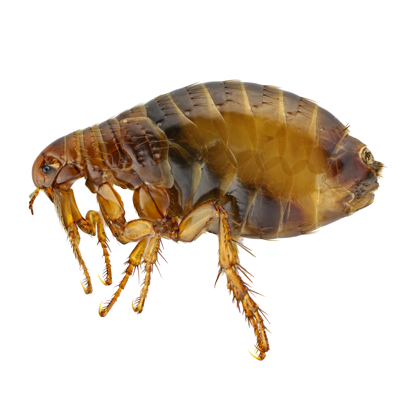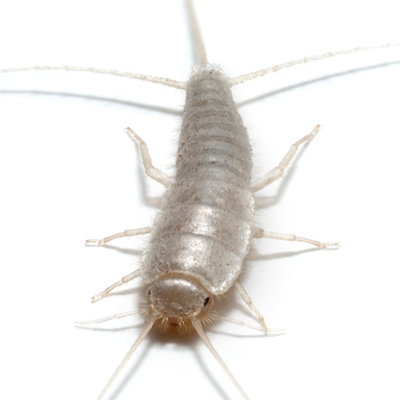
University of New Brunswick
Effectiveness of a Reduced-Risk Insecticide Based Bed Bug Management Program in Low-Income Housing
Bed bug (Cimex lectularius L.) infestations are becoming increasingly common in low-income communities. Once they are introduced, elimination is very difficult. As part of the efforts to develop effective and safe bed bug management programs, we conducted a laboratory study evaluating the efficacy of a reduced-risk insecticide Alpine aerosol (0.5% dinotefuran). We then conducted a field evaluation of a reduced-risk insecticide based integrated pest management (IPM) program in low-income family apartments with young children. In laboratory evaluations, direct spray and 5 min exposure to dry Alpine aerosol residue caused 100.0 ± 0.0 and 91.7 ± 8.3% mortality to bed bug nymphs, respectively. Direct Alpine aerosol spray killed 91.3 ± 4.3% of the eggs. The IPM program included education, steam, bagging infested linens, placing intercepting devices under furniture legs and corners of rooms, applying Alpine aerosol and Alpine dust (0.25% dinotefuran, 95% diatomaceous earth dust), and regularly scheduled monitoring and re-treatment. Nine apartments ranging from 1±1,428 (median: 29) bed bugs based on visual inspection and Climbup interceptor counts were included. Over a 6-month period, an average 172 g insecticide (Alpine aerosol + Alpine dust) was used in each apartment, a 96% reduction in pesticide usage compared to chemical only treatment reported in a similar environment. The IPM program resulted in an average of 96.8 ± 2.2% reduction in the number of bed bugs. However, elimination of bed bugs was only achieved in three lightly infested apartments (<30 bed bugs at the beginning). Elimination success was closely correlated with the level of bed bug populations.
Common Household Pest
See all household pests









